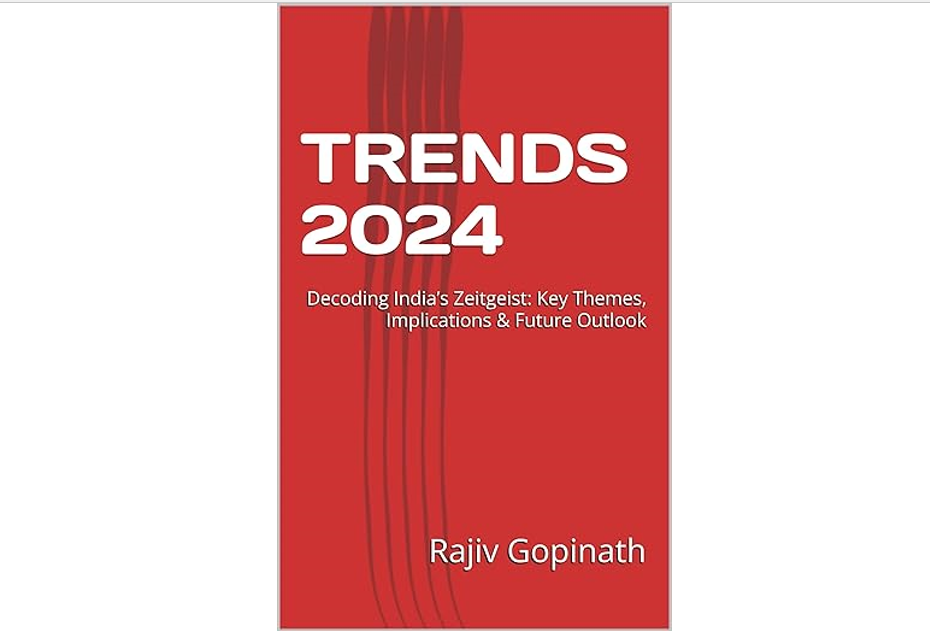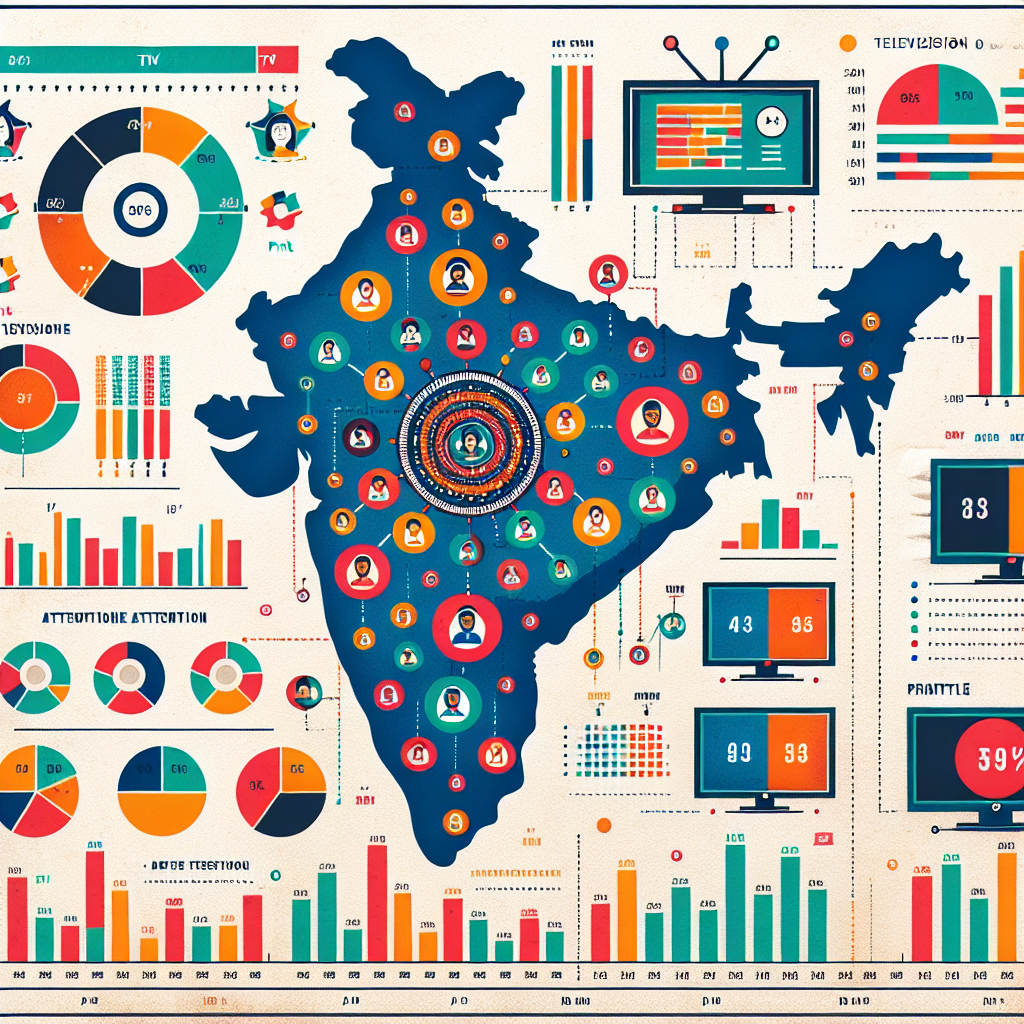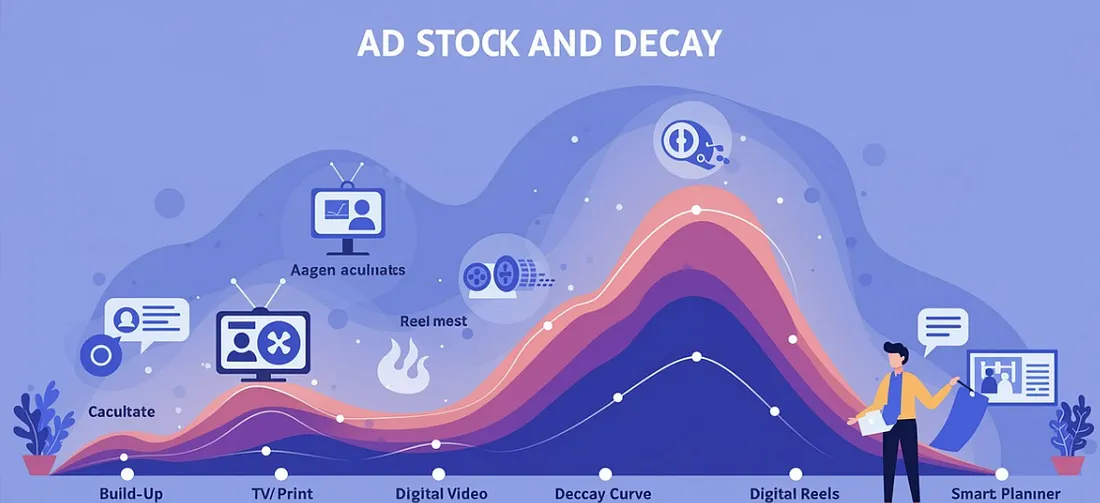The Rise of 'Slow Marketing': Why Less Can Be More
Introduction: The Paradox of Marketing Velocity
In an era defined by algorithmic feeds, content saturation, and diminishing attention spans, a counterintuitive approach to marketing is gaining traction. "Slow marketing"—characterized by reduced frequency, increased thoughtfulness, and strategic restraint—challenges the dominant paradigm of continuous content production and omnipresent brand messaging. According to Harvard Business Review, the average consumer is exposed to between 4,000 and 10,000 brand messages daily, creating what attention economist Herbert Simon termed "a poverty of attention." This saturation has consequences: Edelman's Trust Barometer indicates consumer trust in brands has declined to 48%, while Nielsen reports that 73% of consumers are skeptical of the information brands provide. Against this backdrop, research from Meaningful Brands reveals that consumers wouldn't care if 77% of brands disappeared tomorrow. These sobering statistics have catalyzed a fundamental reconsideration of marketing velocity, with pioneers of "slow marketing" reporting significant improvements in engagement, conversion, and brand perception by strategically reducing output while enhancing quality. This article examines the psychological foundations, strategic frameworks, and business outcomes of the slow marketing movement across various industry sectors and channels.
1. The Psychological Foundations of Slow Marketing
The effectiveness of slow marketing is grounded in cognitive science:
a) The Attention Scarcity Principle
Cognitive psychologist Daniel Kahneman's research demonstrates:
- Limited cognitive resources create forced selectivity
- Message quality increasingly outweighs quantity
- Attention allocation follows perceived value patterns
b) The Signal-to-Noise Advantage
Communication theorist Claude Shannon's model reveals:
- Reduced message frequency can increase signal clarity
- Distinctive timing creates pattern interruption
- Thoughtful cadence enhances message absorption
c) The Paradox of Choice Dynamic
Psychologist Barry Schwartz's work on choice overload indicates:
- Excessive options create decision paralysis
- Curation increases perceived value
- Limited availability enhances desirability
Example: Patagonia exemplifies these principles with their "Don't Buy This Jacket" campaign, which paradoxically increased sales by 30% while reinforcing brand values through deliberately restrained messaging about conscious consumption.
2. Strategic Frameworks for Slow Marketing Implementation
Several methodologies guide effective slow marketing approaches:
a) The Minimum Viable Marketing Model
Marketing strategist Jay Baer advocates:
- Essentialist content development focusing on highest value assets
- Quality-to-quantity ratios as key performance indicators
- Strategic restraint as deliberate brand positioning
b) The Attention-Value Exchange Framework
Digital marketing expert Ann Handley emphasizes:
- Value density over volume in content creation
- Respect for audience time as brand differentiator
- Trust development through restraint signaling
c) The Sustainable Engagement Model
Brand strategist Marty Neumeier proposes:
- Long-term relationship building over short-term activation
- Engagement depth measurement versus reach metrics
- Interaction quality as primary performance indicator
Example: Luxury brand Bottega Veneta deleted all social media accounts in 2021, shifting to a quarterly digital journal format that showcases deeper, more thoughtful content, resulting in increased brand perception scores and maintaining sales growth despite reduced marketing output.
3. Digital Applications: Slow Marketing in the Age of Algorithms
The digital ecosystem presents both challenges and opportunities:
a) Algorithm-Resistant Content Strategy
Digital platforms increasingly reward:
- Engagement depth over impression volume
- Completion rates over initial clicks
- Sustained relevance over fleeting virality
b) Mindful Social Media Architecture
Effective slow social approaches include:
- Platform selectivity based on audience quality
- Reduced posting frequency with increased value density
- Community cultivation over follower accumulation
c) The Email Minimalism Movement
Research from marketers like Mark Schaefer reveals:
- Email effectiveness increases with strategic reduction
- Thoughtful cadence outperforms traditional frequency
- Respect for inbox demonstrates customer-centricity
Example: Technology company Buffer reduced their email marketing frequency by 83% while increasing the depth and quality of each communication, resulting in a 27% increase in engagement rates and 41% reduction in unsubscribes.
4. Measurement Evolution: Beyond Volume Metrics
Slow marketing requires specialized measurement approaches:
a) The Attention Quality Scorecard
- Time spent versus impressions delivered
- Completion rates across content types
- Multi-touch engagement depth analysis
b) Relationship Strength Indicators
- Voluntary engagement frequency
- Content sharing and amplification
- Unprompted brand advocacy
c) Long-Term Value Attribution
- Extended attribution windows beyond standard models
- Customer lifetime value correlation
- Brand health metrics over campaign metrics
Example: Cosmetics brand Lush closed their UK social media accounts to focus on customer ambassadors, community engagement, and owned channels, reporting a 13% increase in customer retention and higher purchase frequency despite reduced marketing presence.
5. Future Trajectories: The Evolution of Slow Marketing
Several emerging trends are reshaping slow marketing approaches:
a) AI-Enhanced Value Creation
Artificial intelligence enabling:
- Precision content development for maximum relevance
- Optimal timing determination for message delivery
- Predictive modeling of audience receptivity
b) Community-Centric Engagement Models
Shifting from broadcasting to:
- Facilitation of customer-to-customer connection
- Value co-creation through community participation
- Brand purpose amplification through collective action
c) Analog Revival and Digital Detox
The countertrend to digital saturation:
- Physical experience design as marketing differentiator
- Tactile brand touchpoints creating memorable interactions
- Deliberate digital absence as strategic positioning
Example: Outdoor retailer REI continues their #OptOutside campaign, closing stores on Black Friday and encouraging outdoor activity instead of shopping, resulting in substantial earned media, community goodwill, and brand alignment despite deliberately sacrificing the year's busiest shopping day.
Conclusion: The Strategic Advantage of Restraint
The rise of slow marketing represents a fundamental rethinking of marketing's core mechanics in an attention-scarce economy. By deliberately reducing frequency while increasing quality, brands can create meaningful differentiation in cluttered markets, build deeper customer relationships, and align with increasing consumer preferences for authentic, purposeful engagement. The most successful practitioners understand that slow marketing isn't merely about doing less—it's about strategic prioritization of high-value marketing activities while eliminating those that create noise without corresponding value. As digital platforms continue to evolve toward quality-centric algorithms and consumers grow increasingly selective about their attention allocation, the competitive advantage will increasingly belong to brands that embrace the paradoxical power of marketing restraint.
Call to Action
For marketing leaders seeking to implement slow marketing principles:
- Conduct a comprehensive audit of all marketing activities, evaluating each for genuine customer value creation
- Develop quality-to-quantity metrics that measure marketing effectiveness beyond traditional volume indicators
- Implement a strategic pruning process that eliminates low-value marketing activities while enhancing high-value touchpoints
- Create deliberate space in your marketing calendar, recognizing that strategic silence can be as powerful as strategic messaging
Featured Blogs

TRENDS 2024: Decoding India’s Zeitgeist: Key Themes, Implications & Future Outlook

How to better quantify attention in TV and Print in India

AI in media agencies: Transforming data into actionable insights for strategic growth

How the Attention Recession Is Changing Marketing

The New Luxury Why Consumers Now Value Scarcity Over Status

The Psychology Behind Buy Now Pay later

The Rise of Dark Social and Its Impact on Marketing Measurement

The Role of Dark Patterns in Digital Marketing and Ethical Concerns

The Future of Retail Media Networks and What Marketers Should Know
Recent Blogs

Ad Stock & Decay: The Invisible Hand Guiding Media Schedules

The Big Mac Illusion:What a Burger Tells Us About Global Economics

When Search Starts Thinking How AI Is Rewriting the Discovery Journey

CEP Tracker The Modern Brand Health Metric

Cracking Growth: How to Leverage Category Entry Points (CEPs) for Brand Advantage


